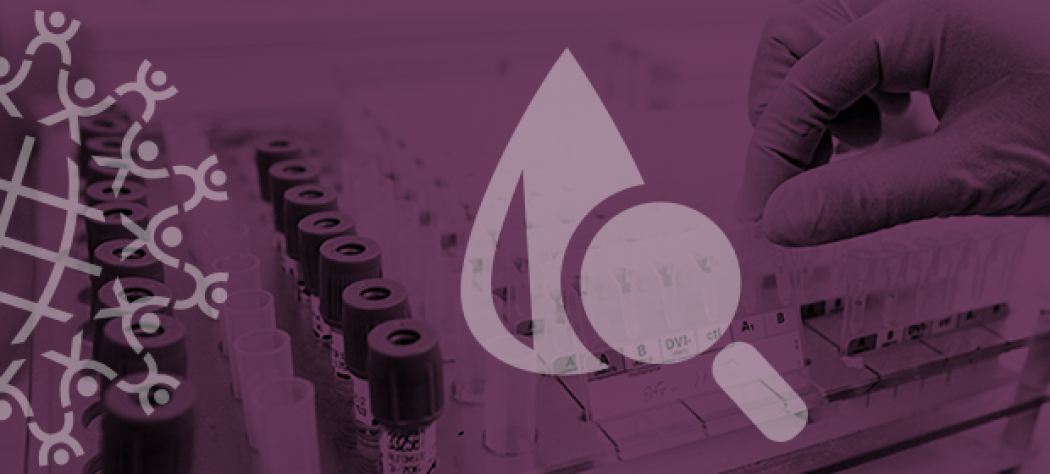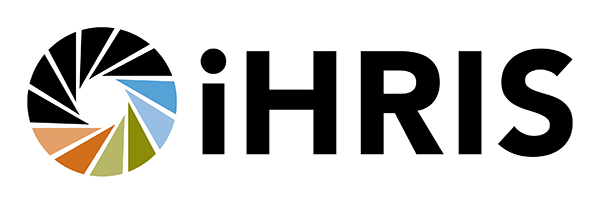We’re Moving Fast to Help Health Workers Worldwide Combat COVID-19

Today, as COVID-19 continues to invade our thoughts and lives, my mind is on frontline health workers.
They don’t have the option to work from home, as many of us are doing today. They’re on the front lines as I write this—in hospitals, clinics, and triage centers around the world—putting themselves at risk to stop this pandemic. Now, more than ever, health workers need our support.
Last week, as I began my new job as president & CEO at IntraHealth International, I saw that our country and global teams had mobilized immediately to adapt our programs in the communities we serve to respond to COVID-19:
- In Rwanda, our team is redirecting the systems and procedures we helped establish to prevent an Ebola outbreak—including a national call center, isolation units, and training for health workers on surveillance, screening, case management, and infection prevention—toward the country’s national COVID-19 response.
- In Mali, we’re helping the country prepare through a well-coordinated One Health multisectoral approach. Already our team is reinforcing frontline health workers with new standard operating procedures, updated guidelines, and tools adapted specifically for COVID-19.
- In Liberia, the Ministry of Health is using mHero—a two-way communication platform that we and our partners developed during the 2014 Ebola outbreak in West Africa—as a surveillance and response platform for a range of diseases, such as Lassa fever, measles, and cholera. They’re also using it to send COVID-19 messages to health workers as part of the country’s response to the pandemic.
- In Central America, frontline health workers are using our COVID-19-adapted, mobile phone-based alerTAR system to let HIV clients know when, where, and how they can keep getting their antiretroviral medicines, now that public transit and many outpatient services in the region have closed.
- In South Sudan, our team is collaborating with the US Centers for Disease Control and Prevention to look at the epidemic curves in affected countries, mortality trends, and the population pyramid of South Sudan to provide the government with scenario models and recommendations as it prepares for COVID-19 to strike its population.
Right now, I take comfort in knowing that all of you—all of us—share the same objective IntraHealth has had for 40 years: to give health workers the tools, equipment, and support they need. That is how we’ll get through this pandemic and keep our communities safe for the long haul.
Now is the time to apply all we’ve learned through biomedical research, data, and on-the-ground expertise and experience, and to leverage and increase our investments in health workers and the systems in which they work. Together, we can flatten the curve and save lives.
